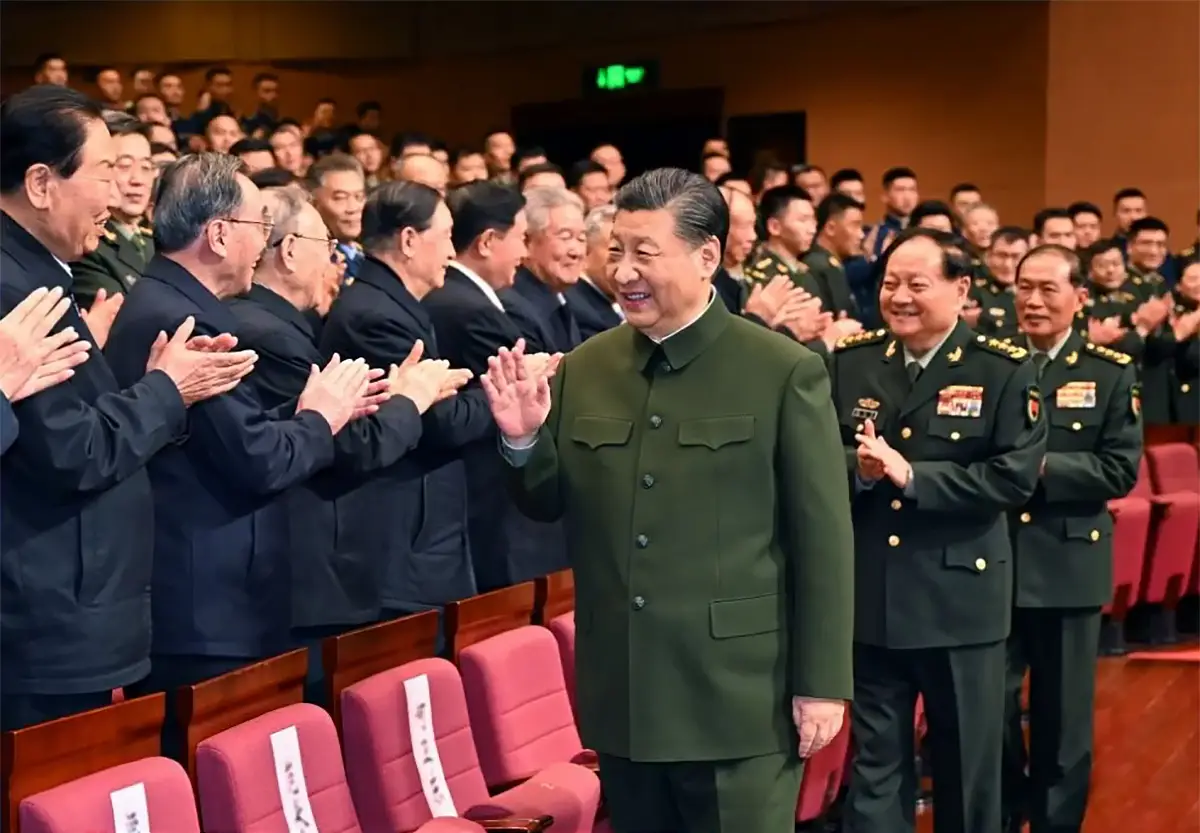U.S. forces are gone from Afghanistan after 20 years of counterinsurgency and nation-building. The military no longer has bases, access, or forces in the country from which to monitor and target terrorist groups. The final stage of the withdrawal was marred by the Taliban’s sudden seizure of power and the disintegration of U.S.-built security forces that captured the world’s attention.
The end of the Afghan conflict—and the manner in which it ended—is significant, but it will take time for its implications to come into focus. There will be negative ramifications no doubt, but it is easy to overstate them in the heady aftermath of the Kabul evacuation. With the war over and the withdrawal completed, it is time for analysts and decision-makers to take a deep breath and think about the way ahead.
On the one hand, there will be fewer forces and bases from which to operate against terrorist groups and maintain a competitive advantage in Afghanistan and the greater Middle East. But on the other hand, the U.S. departure will free up resources for global employment and allow the Department of Defense to reorient toward strategic priorities.
Other than the capture of Osama bin Laden and the dismantling of much (but not all) of his organization, the U.S. failed to achieve its aims in Afghanistan. As many commentators have noted, these failures will negatively affect American prestige and perceptions about the military’s ability to achieve its aims overseas.
The conflict was, however, unique in its connection to the September 11, 2001, attacks. It was also a large-scale stability operation that the U.S. military was not designed to conduct—and is unlikely to conduct again soon, if ever. Other contingencies in the greater Middle East are in their later stages and lack the grandiose aims of the Afghanistan intervention.
The U.S. focus now is on strategic competition and high-end warfare involving relatively wealthy countries and modern militaries. What it takes to succeed in these missions bears little resemblance to the relentlessly tactical aims of counterinsurgency against a pre-modern guerilla force, not to mention nation-building in one of the world’s least developed countries. As the U.S. military reorients, friends and adversaries alike may hesitate to infer too much from the Afghanistan conflict.
The loss of access to countries like Uzbekistan, Kyrgyzstan, and Pakistan years ago means that with the shuttering of locations in Afghanistan, there is no U.S. basing in Central or Southwest Asia. The contacts U.S. officials still have in Afghanistan are now limited and likely to atrophy without a military presence on the ground to maintain them. It remains to be seen how cooperative the Taliban government will prove to be, if at all, or whether the regime will become hostile and provide sanctuary to international terrorism.
To conduct unilateral counterterrorism operations in Afghanistan or Pakistan, U.S. forces will have to operate “over the horizon” from bases in the Persian Gulf that are thousands of miles away. The military will have to maintain forces for this mission, which will not be easy. Aircraft carriers in the Arabian Sea could launch operations, but those forces need time to get into position. Keeping them on stand-by is costly and takes away from heavy demand for carrier presence in the Western Pacific.
These issues will present difficult challenges going forward, but they are not necessarily insurmountable. There are potential basing options in the former Soviet Union states in Central Asia, for example. Regaining access to these countries for counterterrorism will be hard, given Russia’s influence there, the current state of relations with Moscow, and Russia’s renewed interest in turning the screws on regimes in its near abroad.
That said, the U.S. and Russia share common interests when it comes to international terrorism and the network of global jihadist movements, which stretch into the Caucasus and other areas in and near Russia. China has similar concerns about extremist networks in its western regions. Even Iran, no friend to the Sunni-extremist Taliban (which kidnapped and killed Iranian diplomats in the 1990s), and which has fought ISIS in Iraq and Syria and supported the U.S.-backed government in Kabul, is not beyond the pale.
Pakistan remains a major non-NATO ally of the U.S. and will probably be the most influential outside player in Afghanistan in the years to come, particularly as it concerns the Taliban and jihadist terrorist groups such as ISIS and al Qaeda. This, too, will be a hard bridge to rebuild. U.S.-Pakistan relations deteriorated progressively and then precipitately over the course of America’s escalating campaign against the Taliban in Afghanistan, which included harsh public criticism of Pakistani military leaders, accidental strikes on Pakistani army positions that resulted in many deaths, and the raid on Osama bin Laden’s hideout in mainland Pakistan that occurred without Islamabad’s permission.
These U.S. actions were, however, the result of a laser focus on the Taliban, a client of the Pakistani military. The Taliban is no longer the focus of U.S. military operations. It is, instead, a regime in power in Kabul that U.S. officials might find themselves working with, as they did in the late 1990s. U.S. relations with Pakistan may improve with time as this new reality takes shape.
These many challenges could prove even more difficult than predicted. There could be more terrorist attacks. Iran could go nuclear. Other bad things could happen, such as the collapse of another unstable country or escalating conflict between Iran, its proxies, and governments in the region. One thing is clear, though: the U.S. will need to take a different approach to both terrorism and the greater Middle East at large now that the war in Afghanistan is over.



